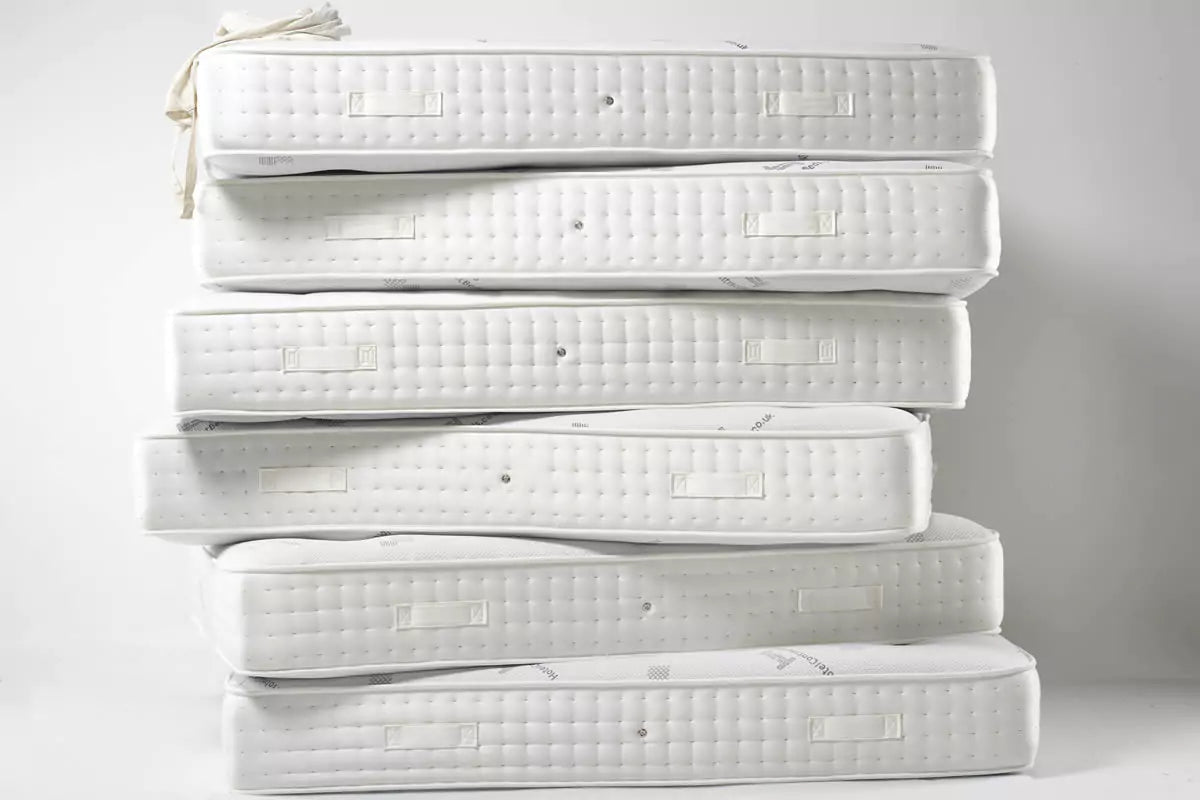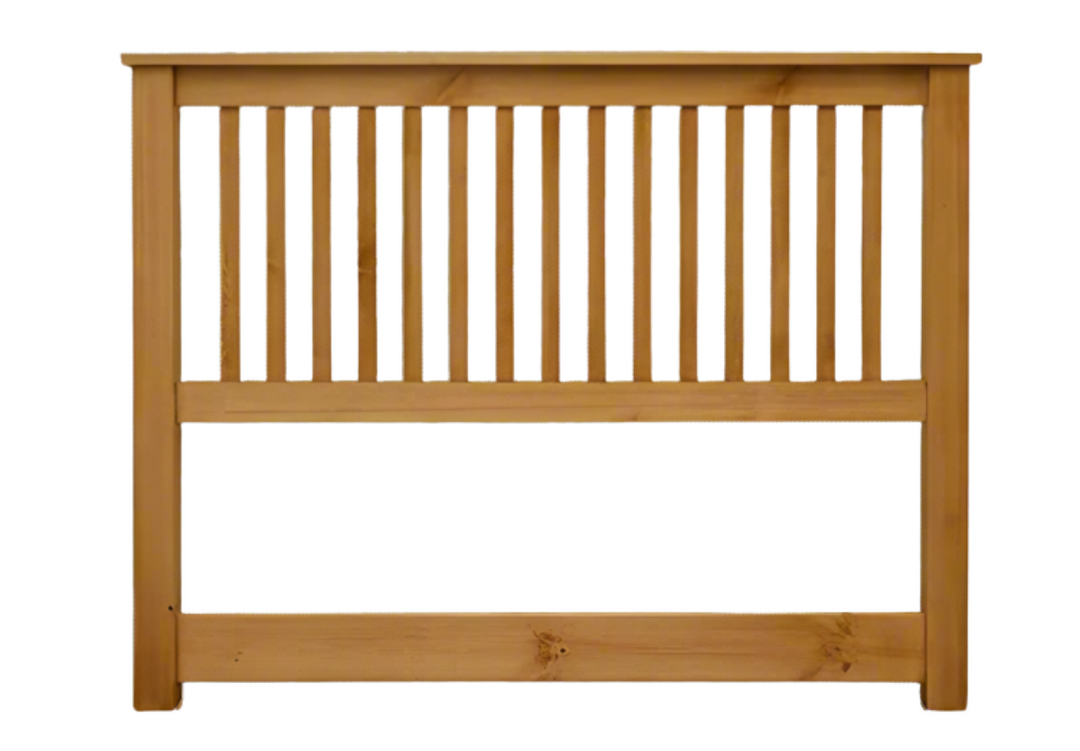25th February 2025

We spend about a third of our lives in bed, so it’s no surprise that our mattress plays a crucial role in our health and wellbeing. But like most things we rely on daily, mattresses don’t last forever. If you’ve been waking up with aches, sneezing more at night, or noticing sagging in your bed, it might be time for an upgrade. So, how often should you change your mattress? Let’s dive into the facts.
We spend about a third of our lives in bed, so it’s no surprise that our mattress plays a crucial role in our health and wellbeing. But like most things we rely on daily, mattresses don’t last forever. If you’ve been waking up with aches, sneezing more at night, or noticing sagging in your bed, it might be time for an upgrade.
So, how often should you change your mattress? Let’s dive into the facts.
The General Rule: Every 7–10 Years
Most mattress manufacturers and sleep experts recommend replacing your mattress every 7 to 10 years. However, this isn’t a one-size-fits-all answer. The ideal replacement time depends on:
✔️ The type of mattress
✔️ How well it’s been cared for
✔️ Your sleeping habits
✔️ Changes in your body or lifestyle
Lifespan by Mattress Type
Different materials wear at different rates. Here’s a general guideline by mattress type:
✔️ Innerspring mattresses – 7 to 8 years
✔️ Memory foam mattresses – 8 to 10 years
✔️ Latex mattresses – 10 to 12 years (sometimes more!)
✔️ Hybrid mattresses – 7 to 10 years
✔️ Pillow top mattresses – 6 to 8 years
Natural latex tends to be the most durable, while pillow tops may wear out faster due to their softer layers.
Signs It’s Time to Replace Your Mattress
Even if you’re within that 7–10-year window, your mattress might need replacing sooner. Look out for these tell-tale signs:
✔️ You wake up sore or stiff – A good mattress should support your spine and reduce pressure points.
✔️ Visible sagging or lumps – Any visible dips or uneven spots mean your mattress is no longer offering even support.
✔️ Increased allergies or asthma symptoms – Over time, mattresses can collect dust mites, mould, and allergens.
✔️ Noisy springs or creaking – For innerspring models, this usually signals worn-out coils.
✔️ Better sleep elsewhere – If you sleep better in a hotel or on the sofa, your bed may be the problem.
✔️ You’ve had major lifestyle changes – Weight gain/loss, injuries, or even a new sleeping partner can affect your mattress needs.
How to Extend the Life of Your Mattress
If you’re not quite ready to replace your mattress, here are a few tips to prolong its life:
✔️ Use a mattress protector – This shields against spills, sweat, and allergens.
✔️ Rotate regularly – Every 3 to 6 months helps prevent uneven wear (especially for memory foam and hybrid models).
✔️ Keep it clean – Vacuum your mattress occasionally and air it out when changing bedding.
✔️ Support it properly – Make sure your bed frame or base offers adequate support for your mattress type.
When Replacement is Worth the Investment
While a new mattress can seem like a big expense, it’s an investment in your sleep quality, physical health, and daily performance. Poor sleep has been linked to everything from back pain and fatigue to mood swings and weakened immunity. A comfortable, supportive mattress can be a game changer.
There’s no exact expiry date on a mattress, but if yours is older than 7 years and showing signs of wear or affecting your sleep, it’s worth considering a replacement. Trust your body — if you're not waking up refreshed, your mattress might be the culprit.
Need help finding your perfect match? Take our Mattress Matchmaker Quiz or browse our expertly curated range of mattresses to suit every sleeper and budget.








